Advanced Network Design: Analysis, Configuration for Call Center
VerifiedAdded on 2021/05/31
|14
|1750
|238
Report
AI Summary
This report details the development of a network solution for a 24/7 call center, emphasizing continuous availability and minimal data packet delivery time. The report includes a requirement analysis, identifying necessary network framework components and suitable protocols for router and switch configurations. Requirement gathering techniques involved brainstorming, questionnaires, and stakeholder meetings to assess user needs and building floor plans. The network design incorporates six layer 3 switches, layer 2 switches for management, Cisco 2811 series routers, and Cisco 7960 VOIP phones. The network is segmented into subnets based on the organization's floor plan to enhance security and efficiency. Security measures include a SYSlog server for monitoring network traffic. VLANs are implemented for data and voice traffic to improve performance and reduce collisions. The design aims to meet the call center's requirements for the next five years, with scalability for future growth. Redundant links are incorporated to ensure continuous connectivity, and tools like PRTG network monitor are suggested for performance analysis. The report concludes that by identifying the call center's requirements, errors in the network solution can be minimized, leading to an effective and available network.
1 out of 14


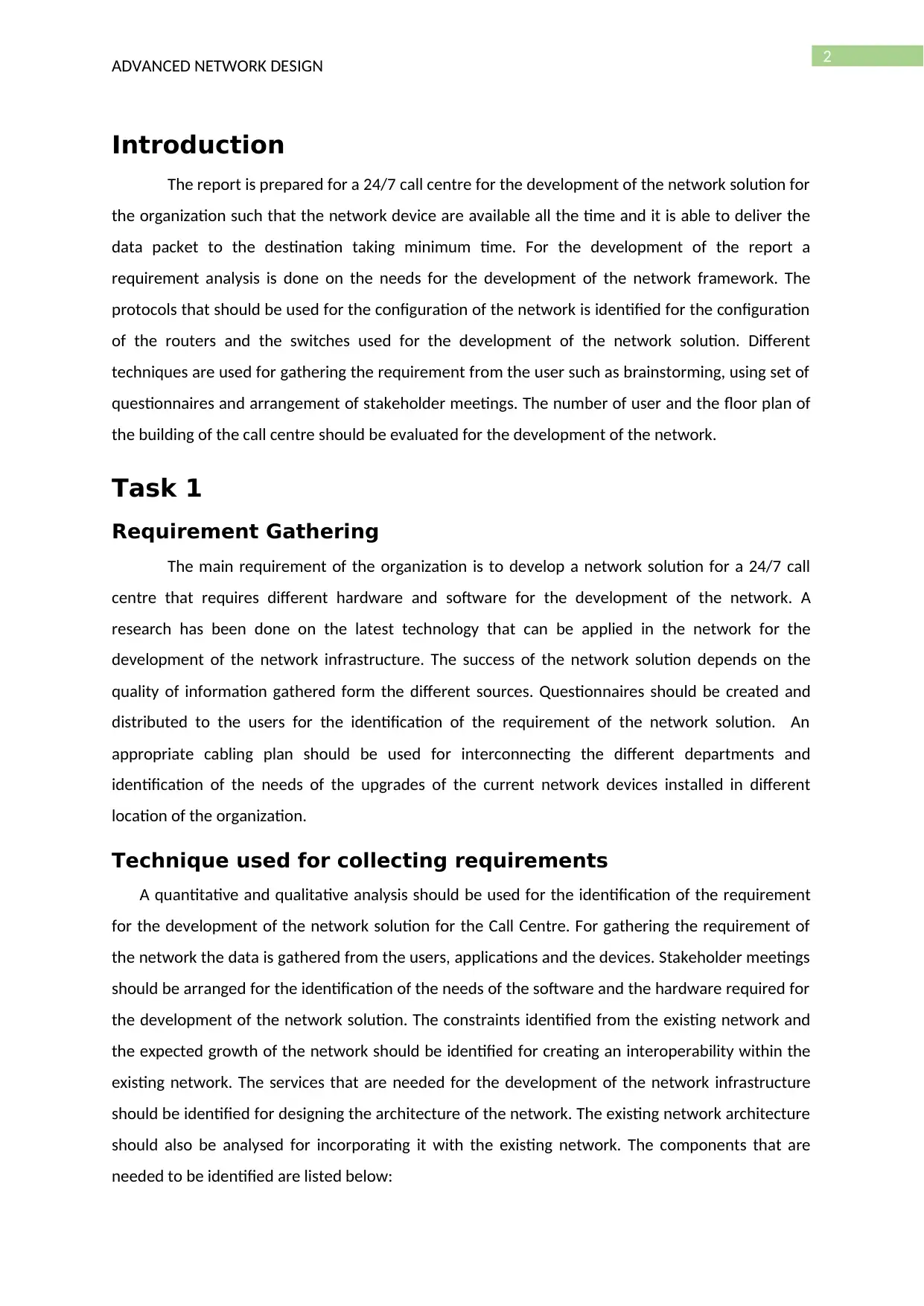

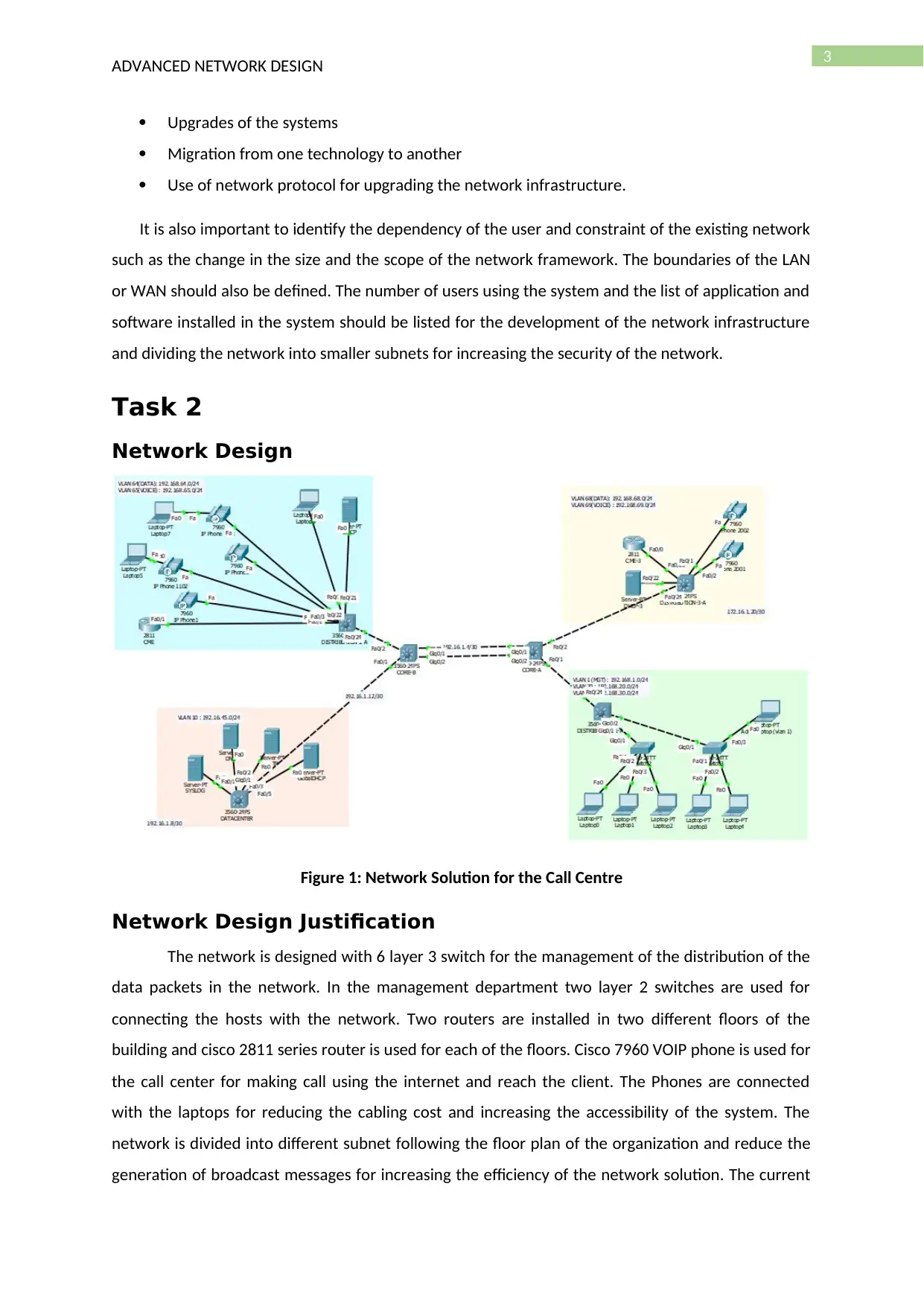
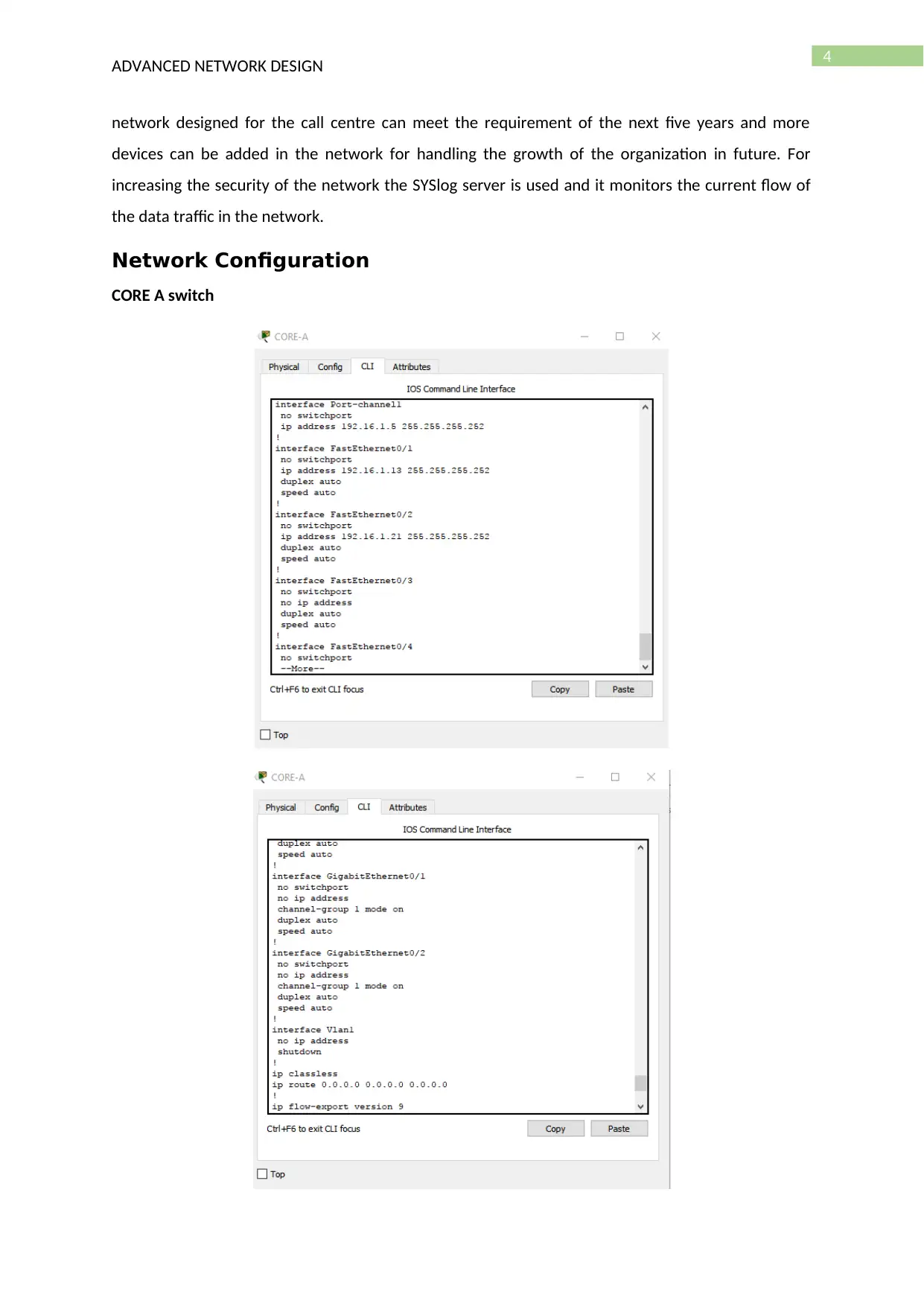
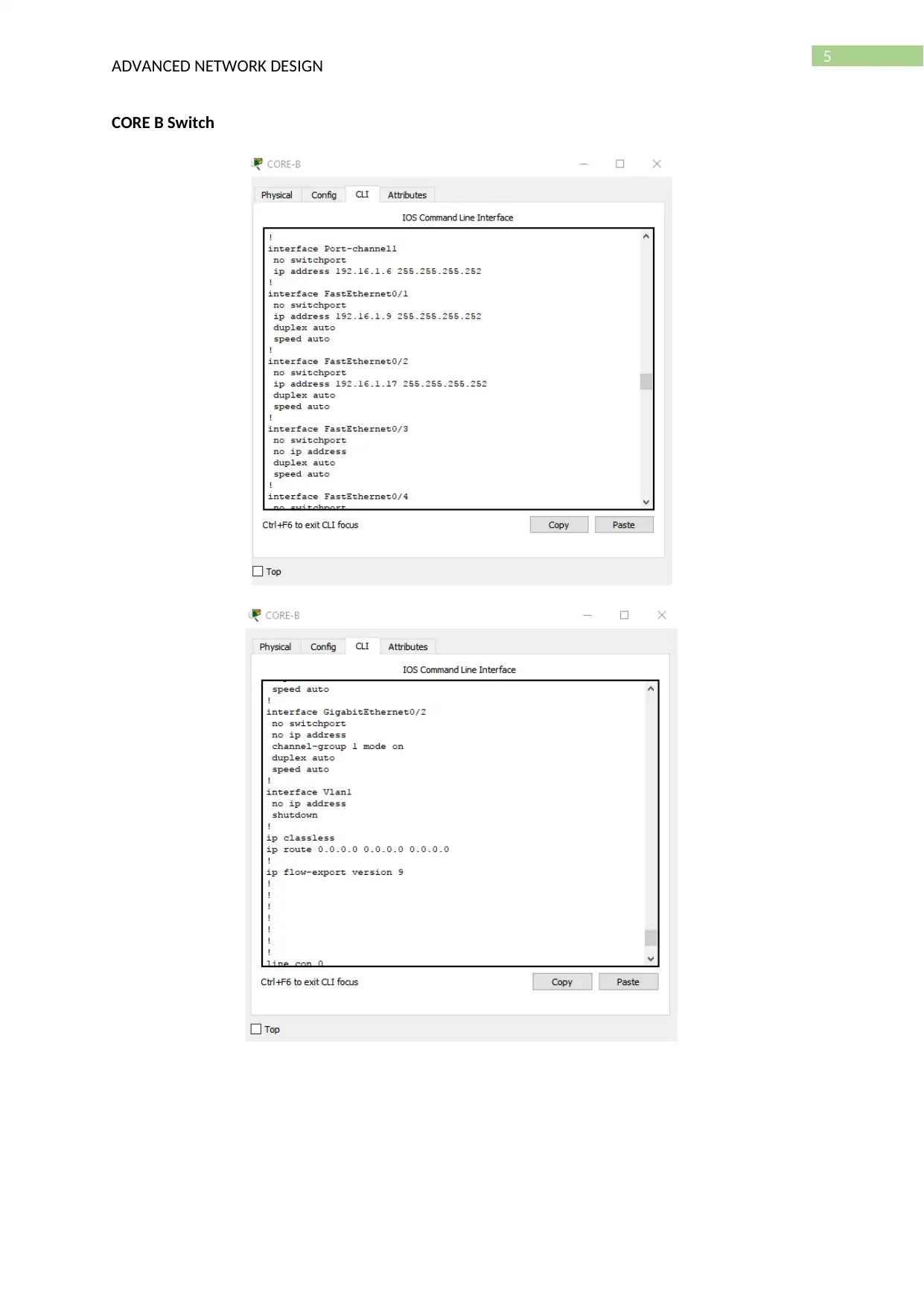
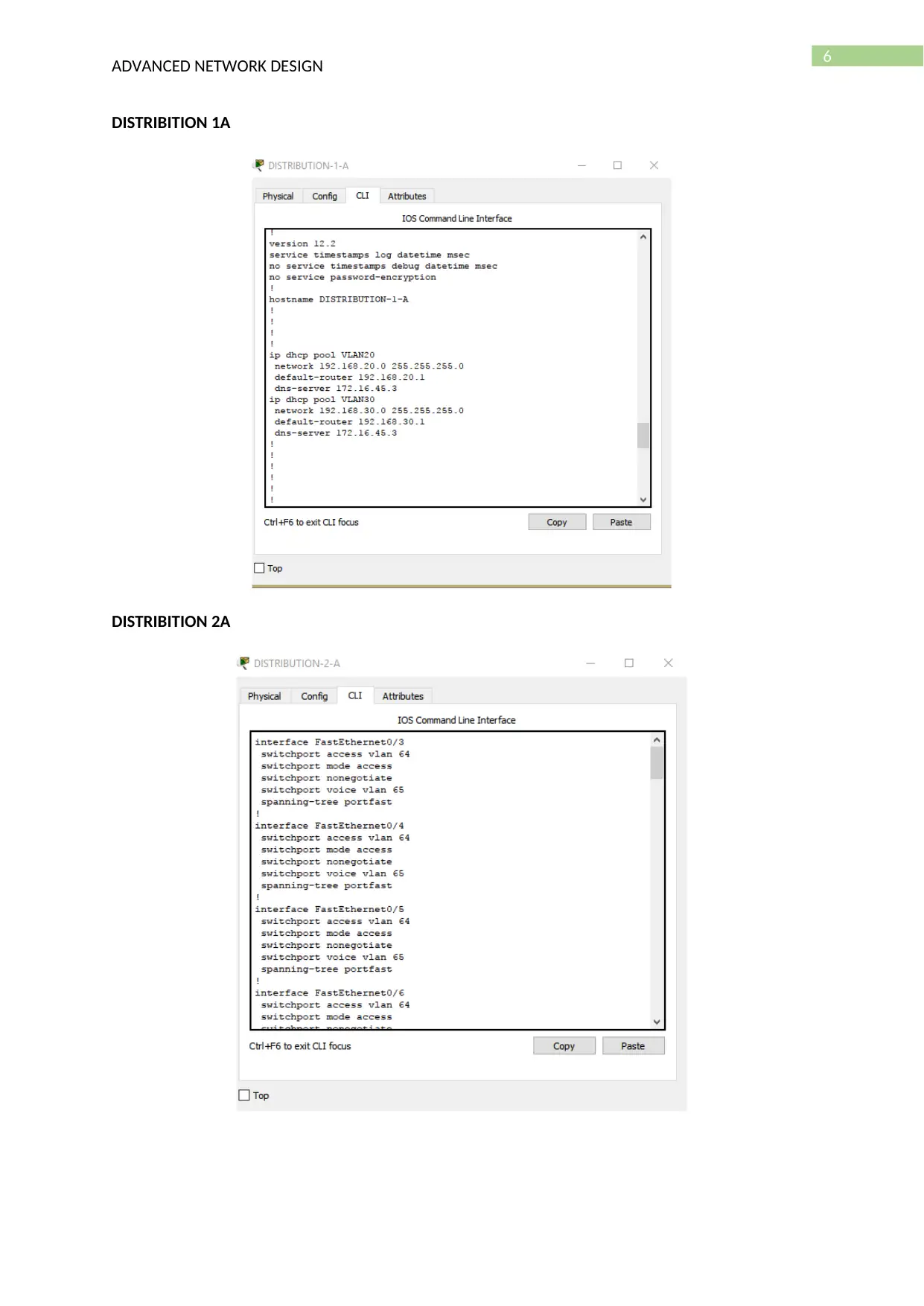
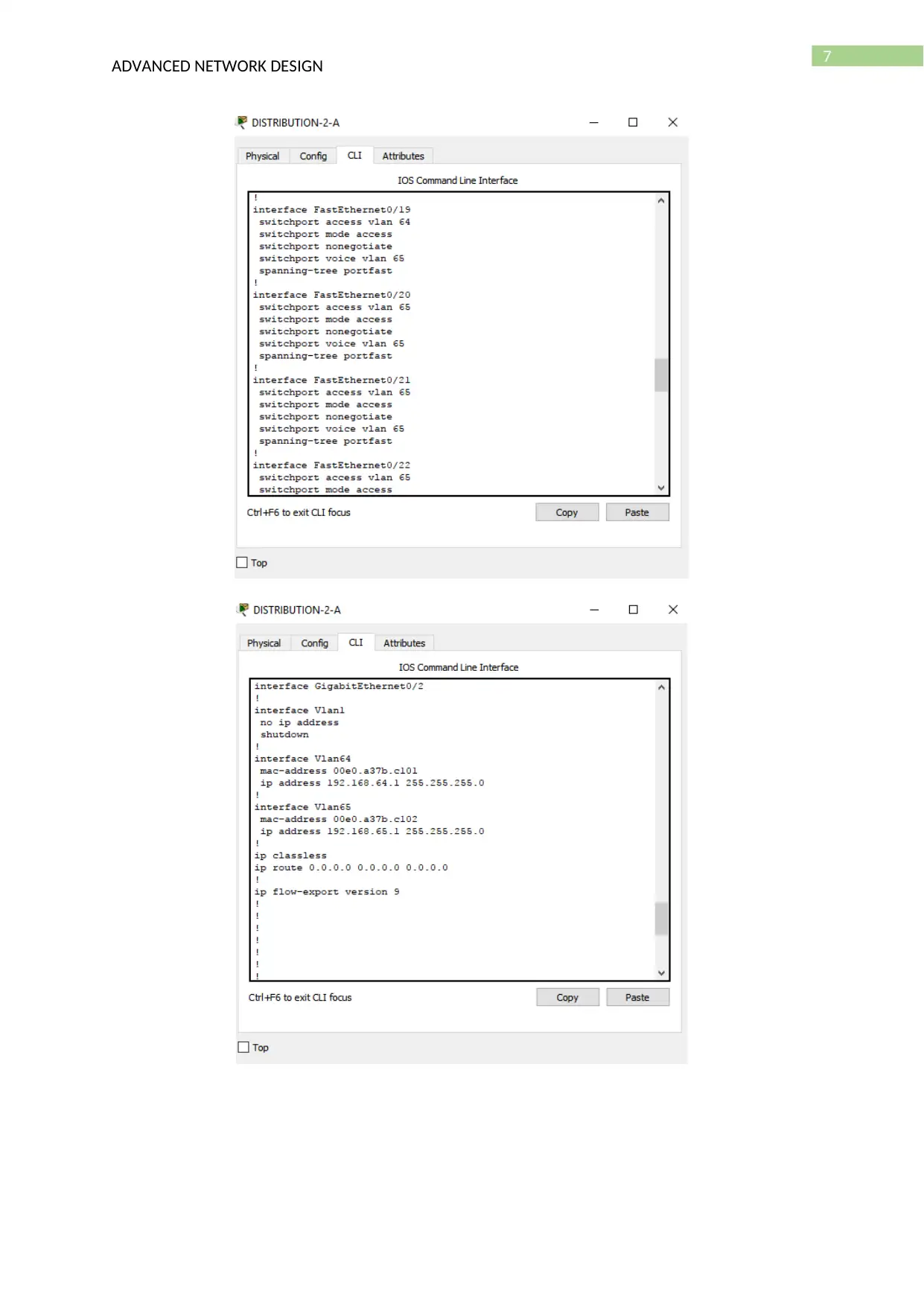
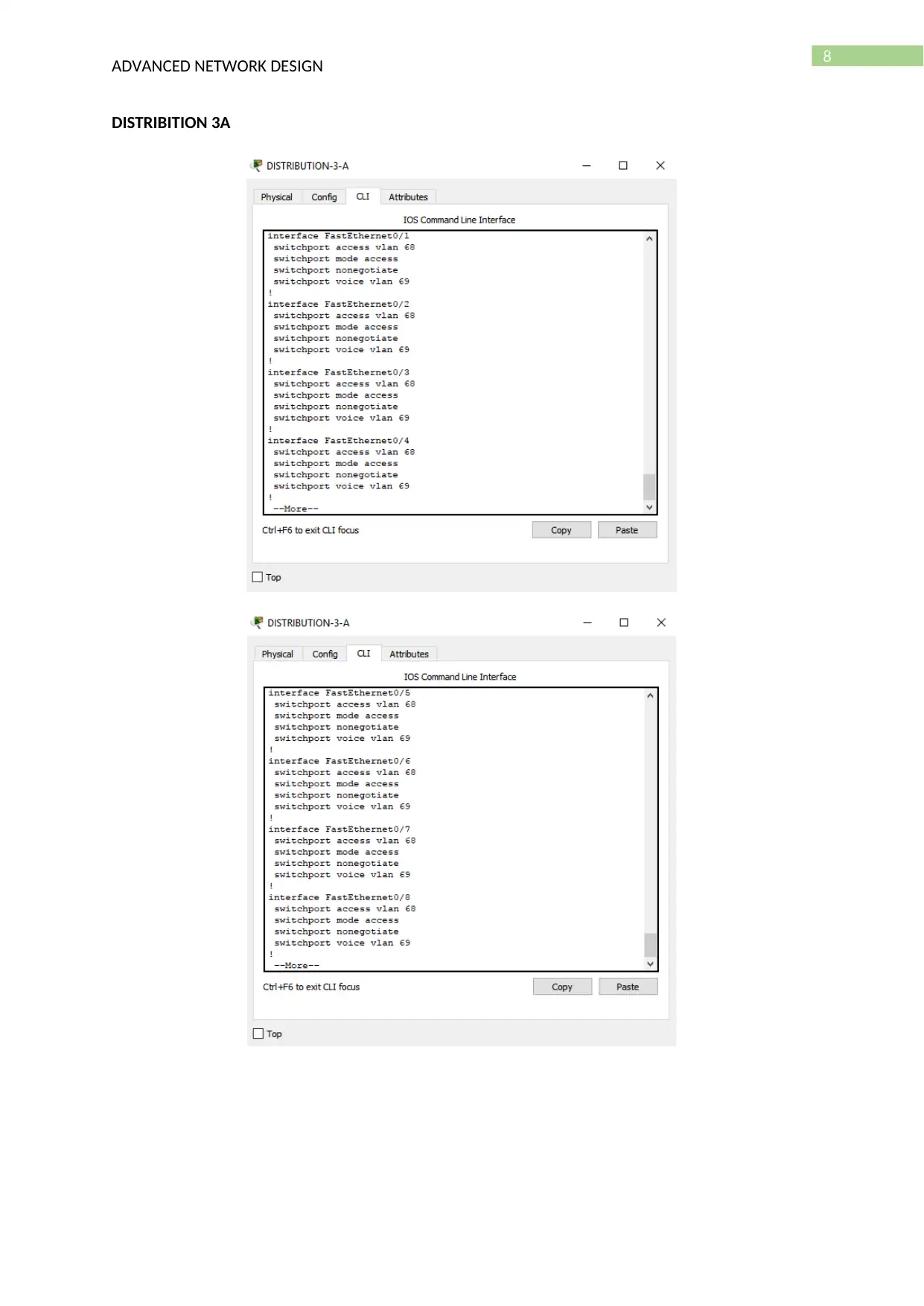
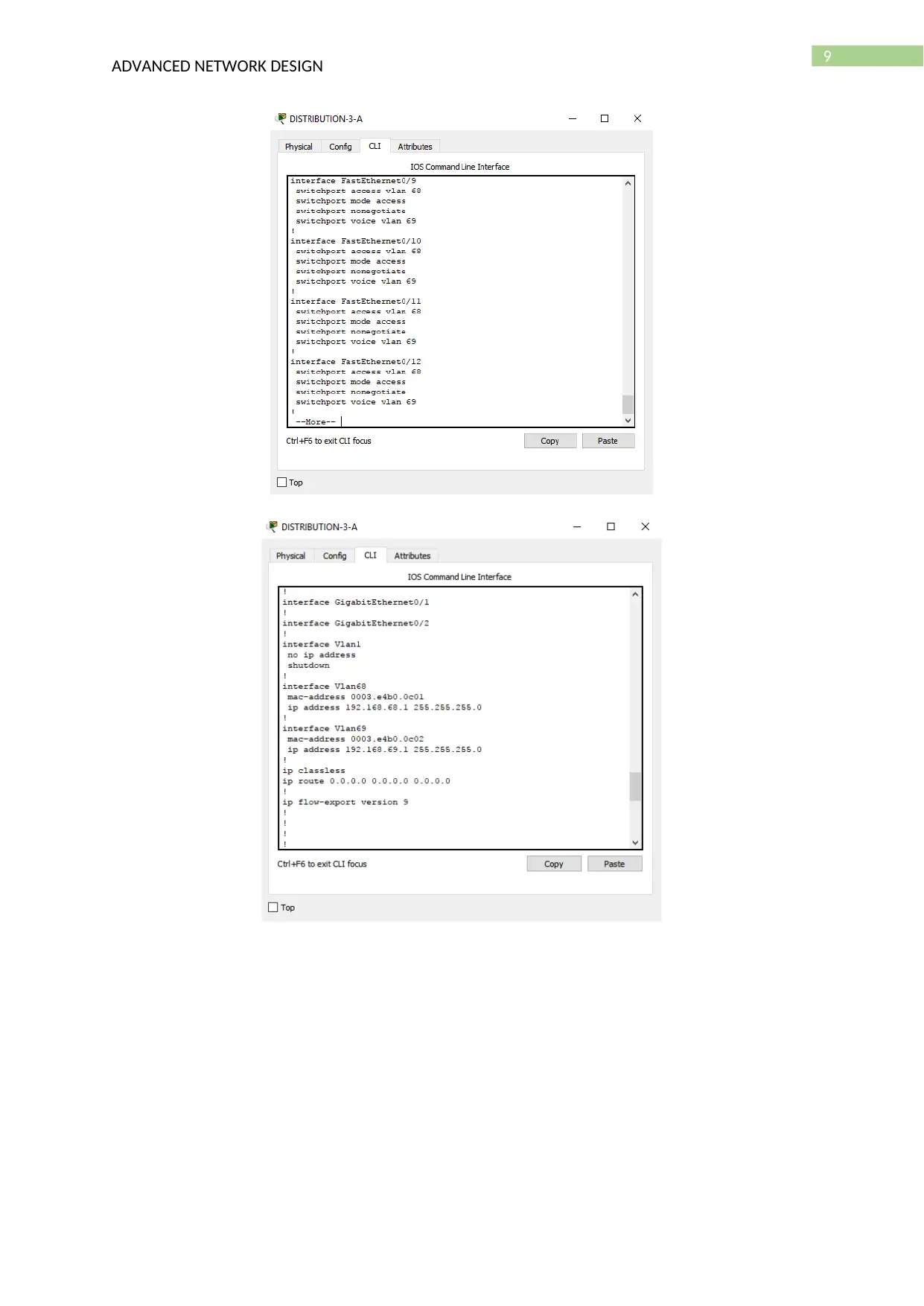
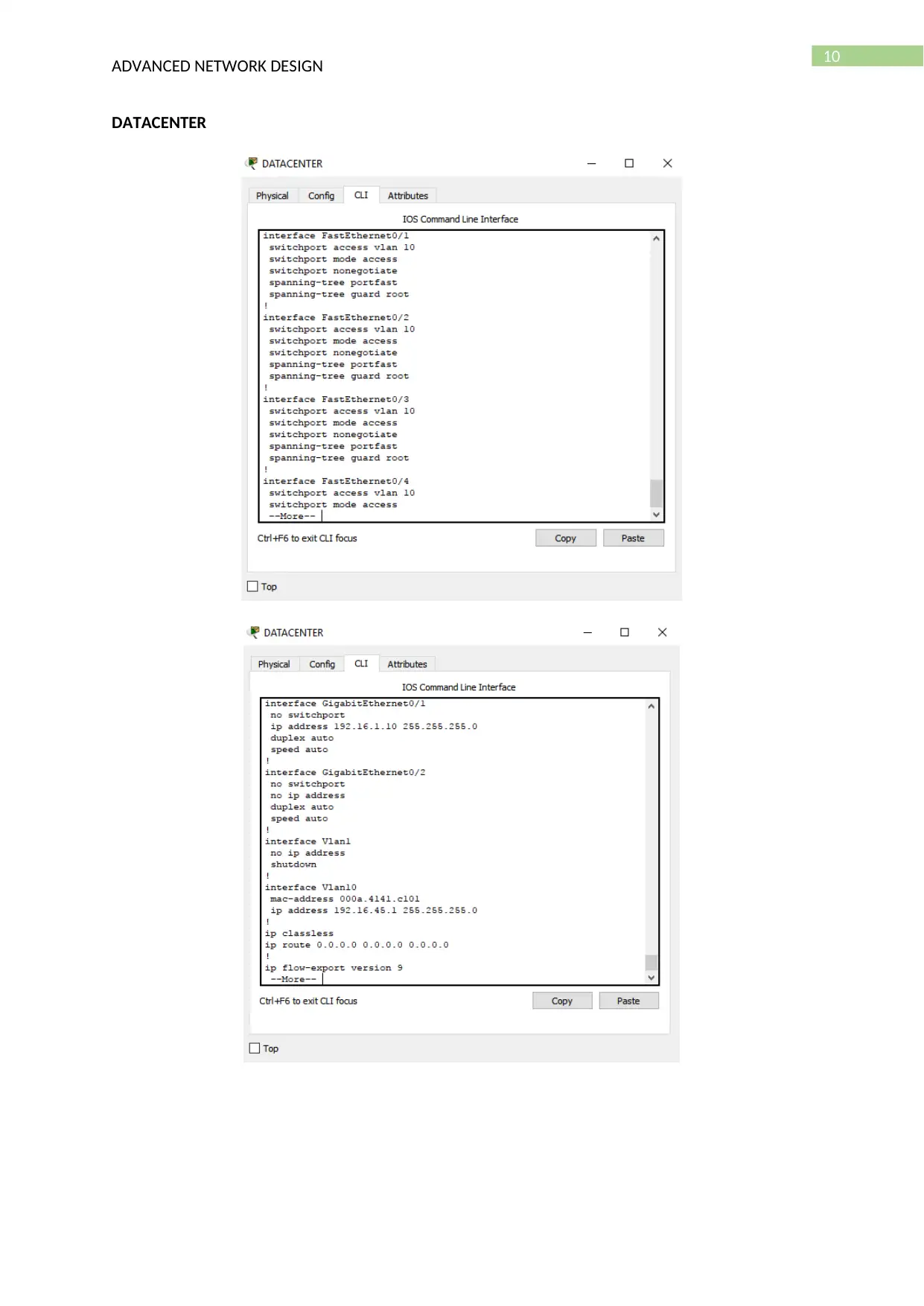
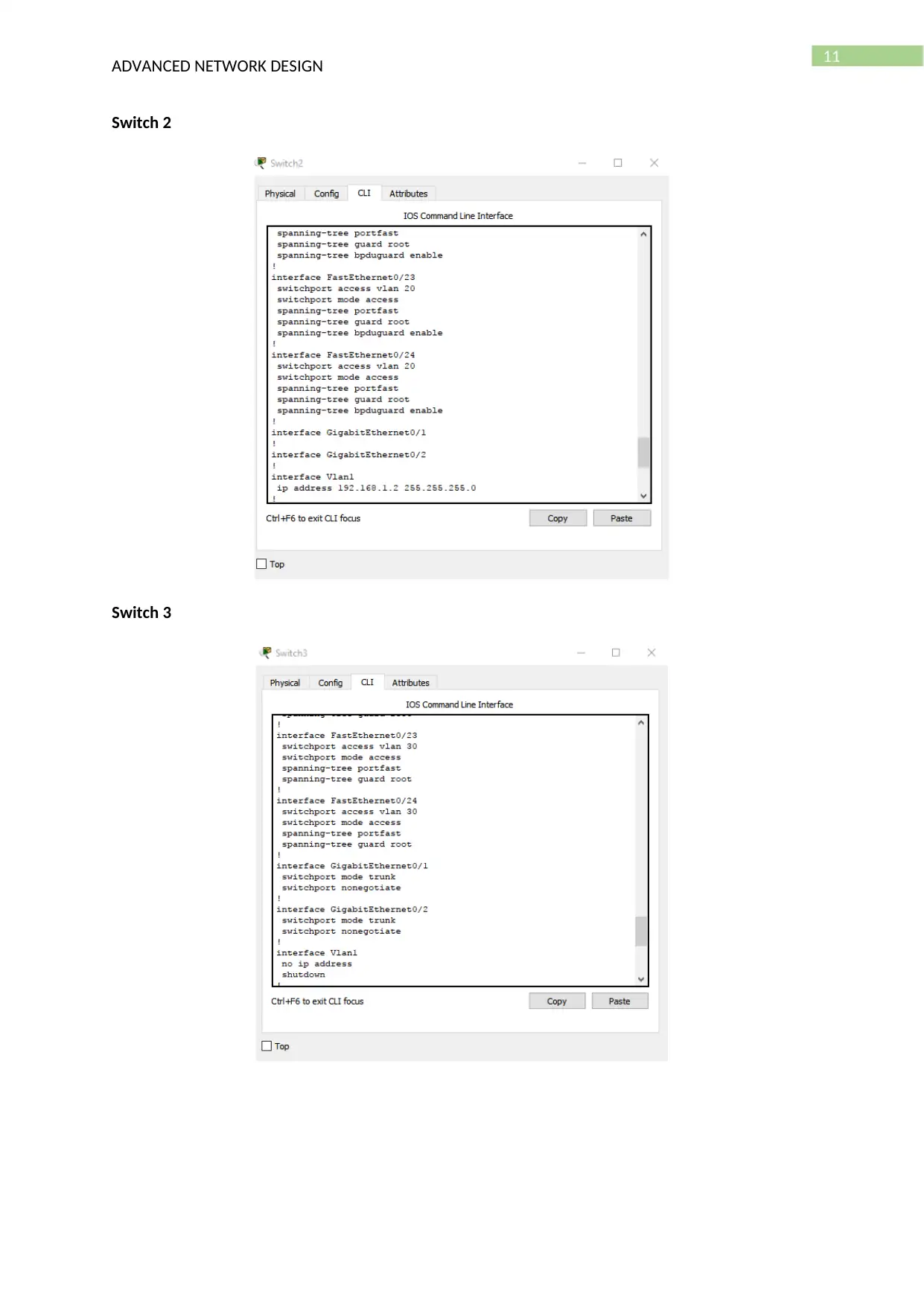




![[object Object]](/_next/static/media/star-bottom.7253800d.svg)